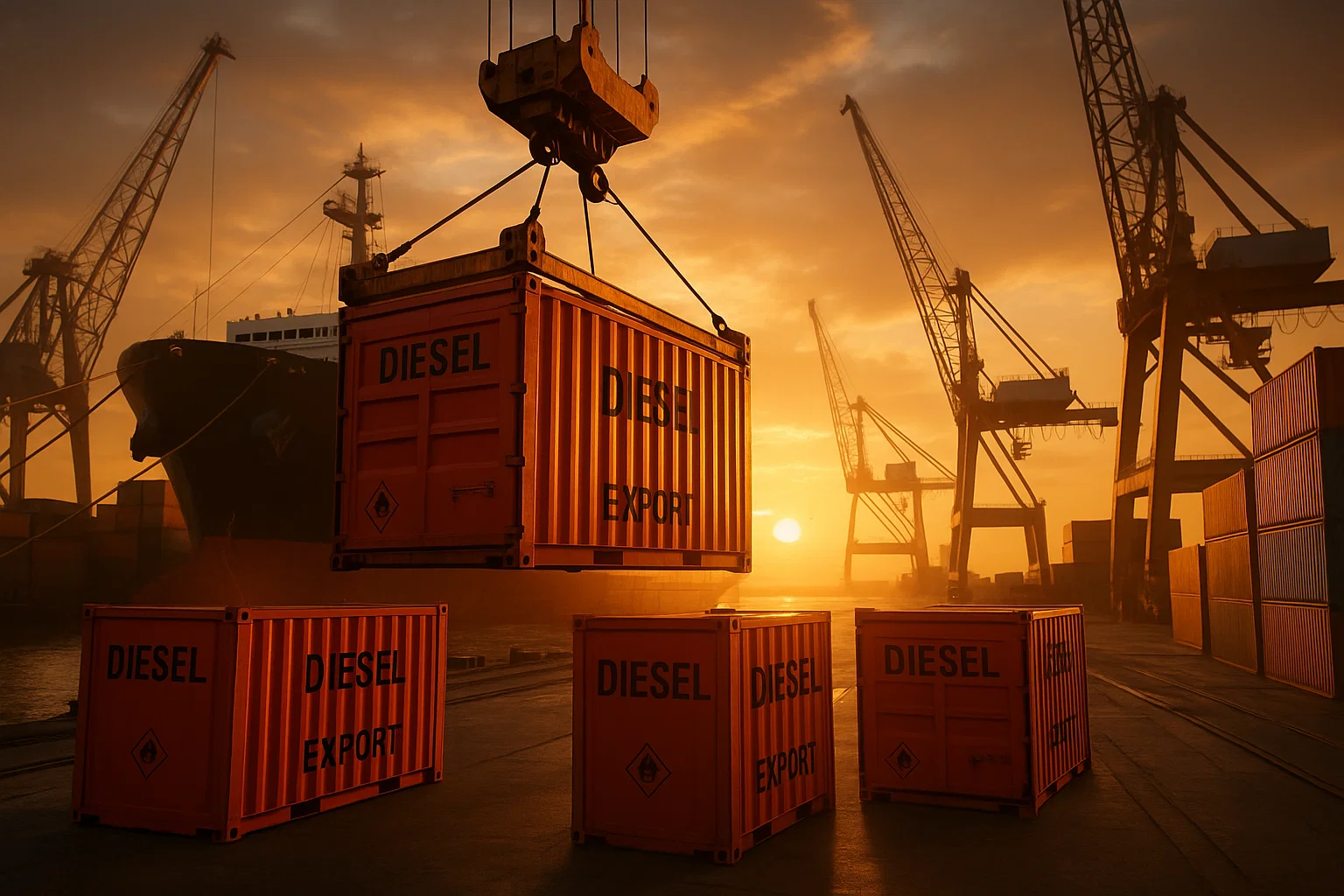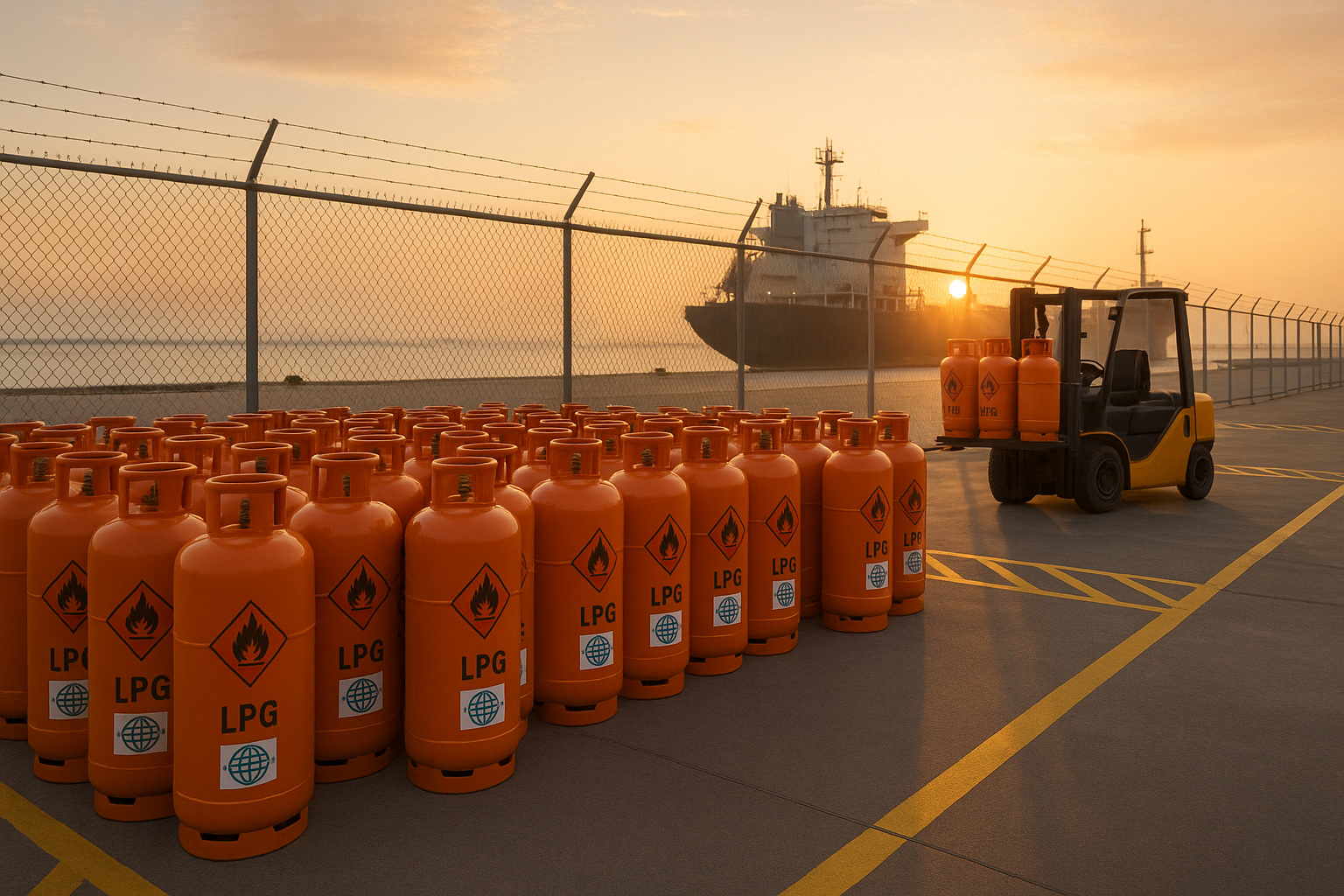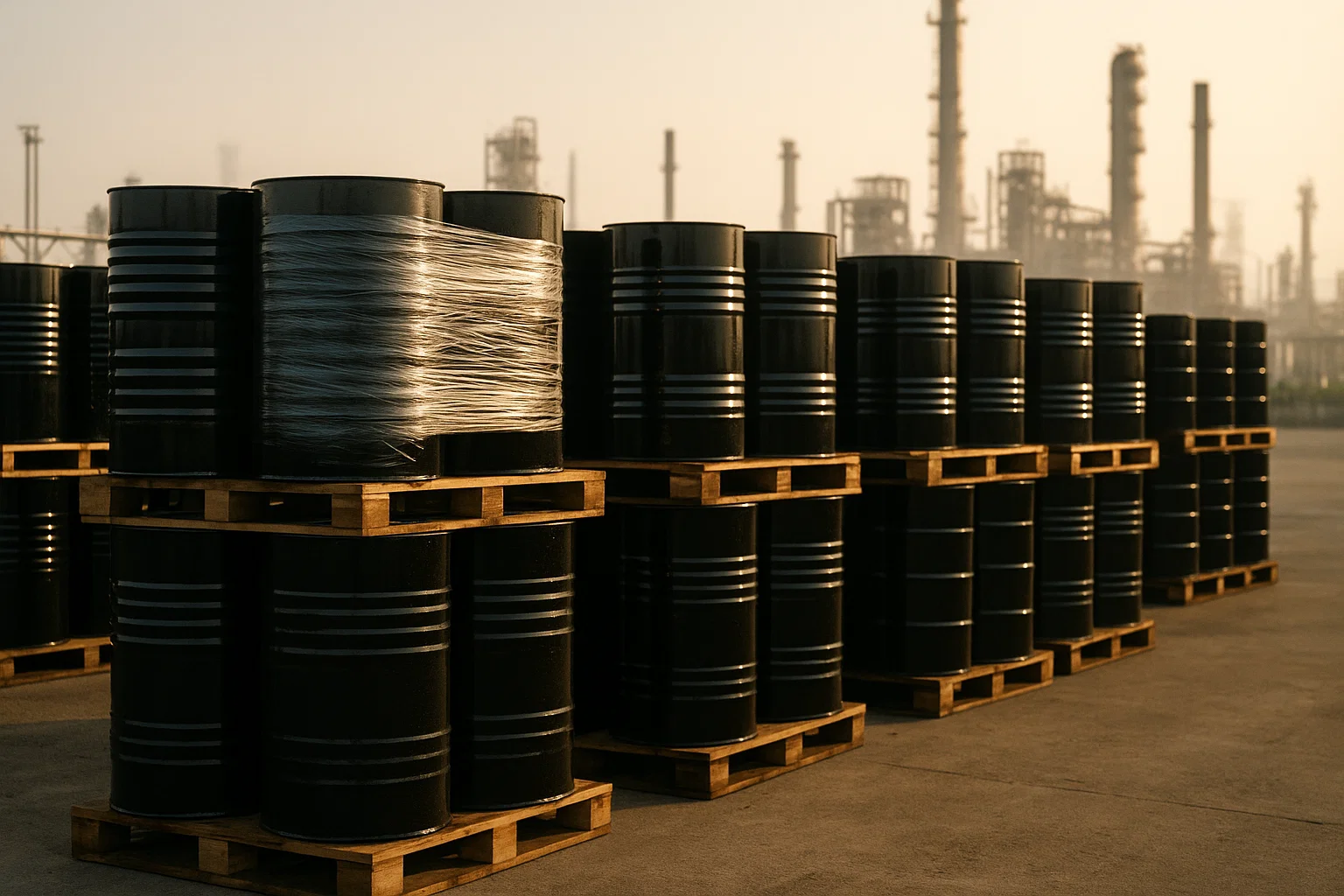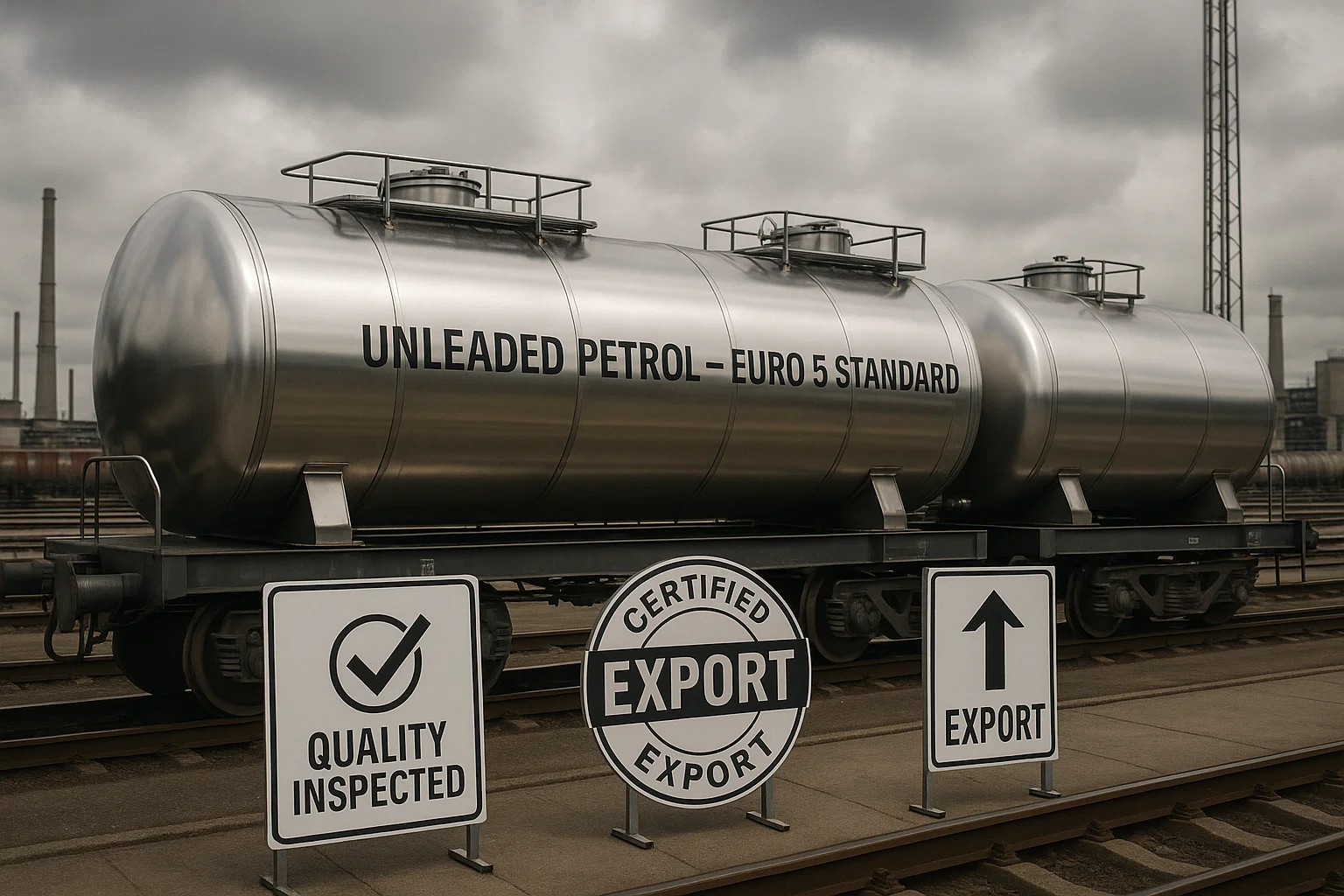LPG, or liquefied petroleum gas, has quickly gained a special place in the global energy market due to its lighter composition and lower emissions compared to other fuels. This fuel is used in domestic, commercial, industrial and even transportation purposes. Developing countries that are looking to replace polluting fuels are among the largest importers of LPG. Exporting LPG requires infrastructure such as standard cylinders, pressurized tankers, secure storage and special permits for international transportation. Countries like Iran, with their huge gas reserves, have a high capacity to supply LPG at competitive prices. Accurate packaging, compliance with safety requirements and the use of advanced logistics are very crucial in exporting this product. Also, paying attention to maritime transport routes and target markets can provide high profitability for exporters.
Recent posts

- November 14, 2024
The key role of diesel in international energy trade

- September 29, 2024
Why is LPG (liquefied petroleum gas) the future of the energy export market?

- September 29, 2024
The process of bitumen export and its widespread applications in the world

- September 29, 2024